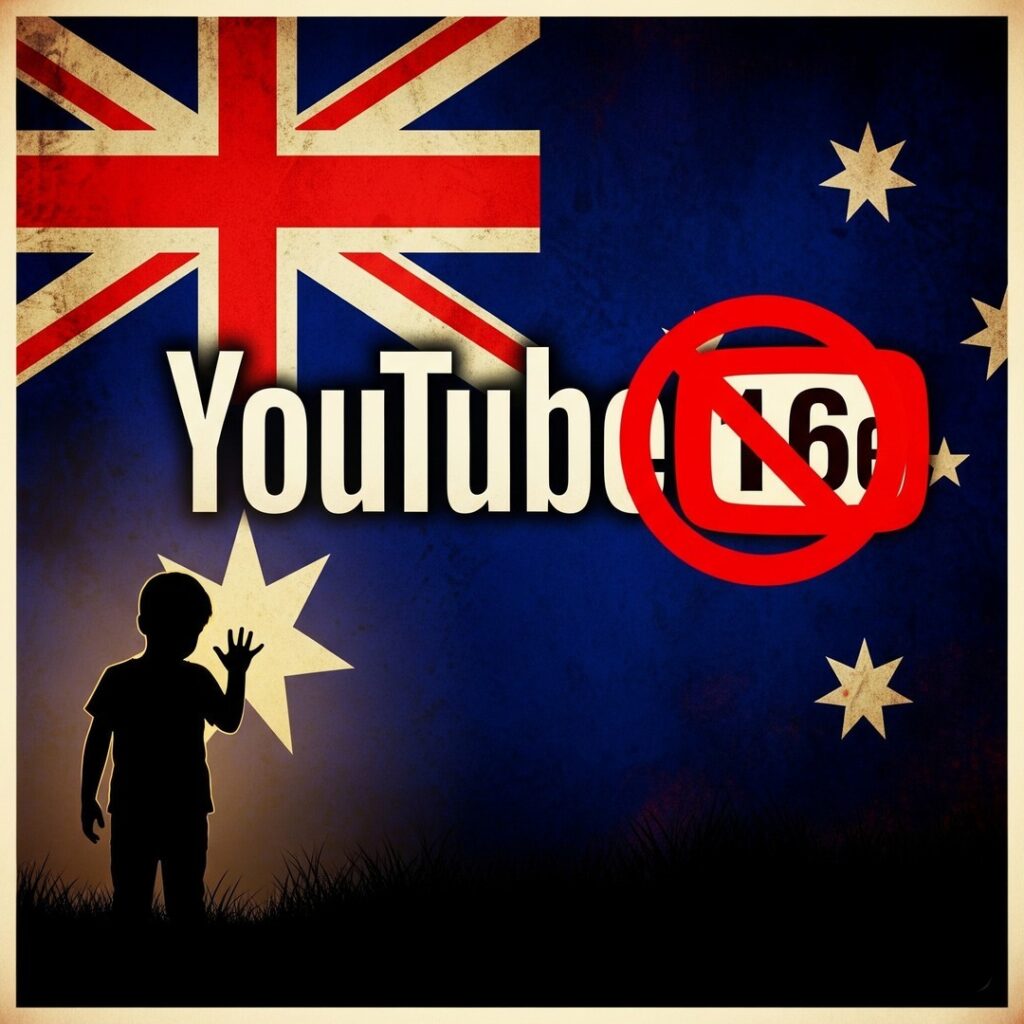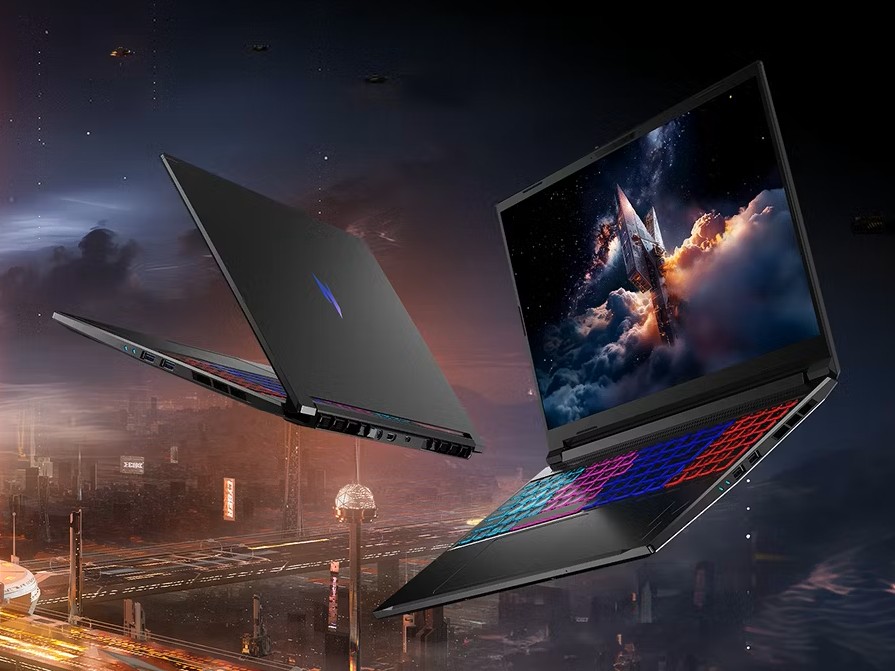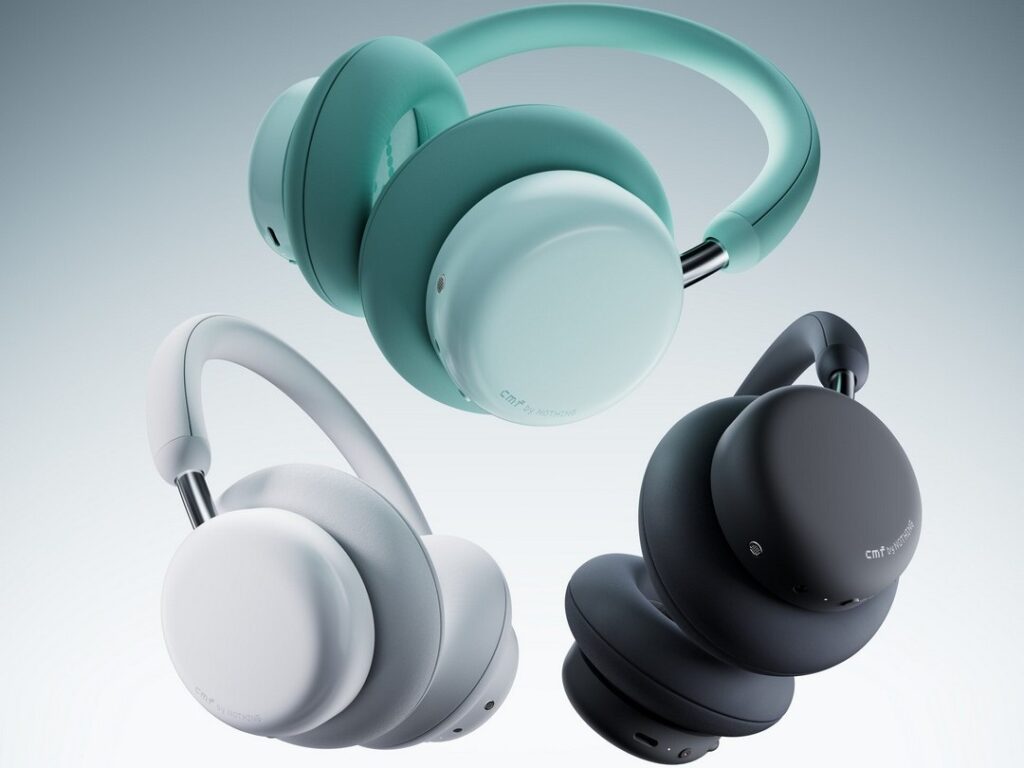Australia’s Under-16 Social Media Ban Now Includes YouTube
In a significant policy shift, Australia today announced that YouTube will be included in its groundbreaking nationwide ban on social media for teenagers under 16. This decision, which overturns an earlier exemption for the Alphabet-owned video platform, is slated to come into effect this December and could precipitate a legal challenge from the tech giant.
Rationale Behind the Reversal

The reversal follows a compelling recommendation from Australia’s internet watchdog, the eSafety Commissioner. A recent survey conducted by the regulator revealed that a substantial 37% of minors reported exposure to harmful content on YouTube, making it the most frequently cited platform for such incidents.
Prime Minister Anthony Albanese underscored the government’s resolve to safeguard the nation’s youth. Albanese declared in a statement that he was “calling time on it,” emphasising the detrimental effects online platforms are having on Australian children and highlighting the imperative for social media companies to uphold their social responsibilities. He conveyed that Australian parents could be assured of the government’s support.
YouTube’s Stance and Industry Reactions
YouTube has consistently maintained that its primary function as a video-sharing platform distinguishes it from traditional social media. A spokesperson reiterated this stance via email, clarifying that YouTube is a video sharing platform with a library of free, high-quality content, increasingly viewed on TV screens, and should not be classified as social media. The company notes that approximately three-quarters of Australians aged 13 to 15 utilise its service.
The initial exemption granted to YouTube last year, largely due to its perceived educational value and widespread use by teachers, had been a point of contention among other platforms already subject to the ban, including Meta’s Facebook and Instagram, Snapchat, and TikTok. These competitors argued for a “level playing field,” asserting that YouTube’s interactive features and algorithm-driven content recommendations closely mirror their own services.
Implications and Enforcement
Under the expanded legislation, individuals under 16 will be prohibited from holding YouTube accounts. However, the ban does not prevent parents or teachers from using the platform to show videos to minors. Angela Falkenberg, President of the Australian Primary Principals Association, voiced her support, stating that teachers are always judicious curators of any resource for appropriateness.
Cybersecurity experts have also weighed in, with Adam Marre, Chief Information Security Officer at Arctic Wolf, pointing out that artificial intelligence has “supercharged the spread of misinformation on social media platforms such as YouTube.” He further commented that the Australian government’s move to regulate YouTube is an important step in pushing back against the unchecked power of big tech and protecting kids.
This policy shift sets the stage for a renewed dispute with Alphabet, which previously threatened to withdraw certain Google services from Australia in 2021 over a law requiring payments to news outlets. While Australian media have reported that YouTube is considering a court challenge, the company has not confirmed this, merely stating it urged the government to uphold the integrity of the legislative process and would be evaluating its next steps.
The legislation, enacted last November, mandates that social media platforms take “reasonable steps” to prevent Australians under 16 from creating accounts, with penalties for non-compliance reaching up to AUD49.5 million. The government anticipates receiving a report this month on age-checking product trials, which will guide the enforcement of the ban. Communications Minister Anika Wells underscored the government’s unwavering stance, declaring that she would not be intimidated by legal threats when this is a genuine fight for the well-being of Australian kids.



